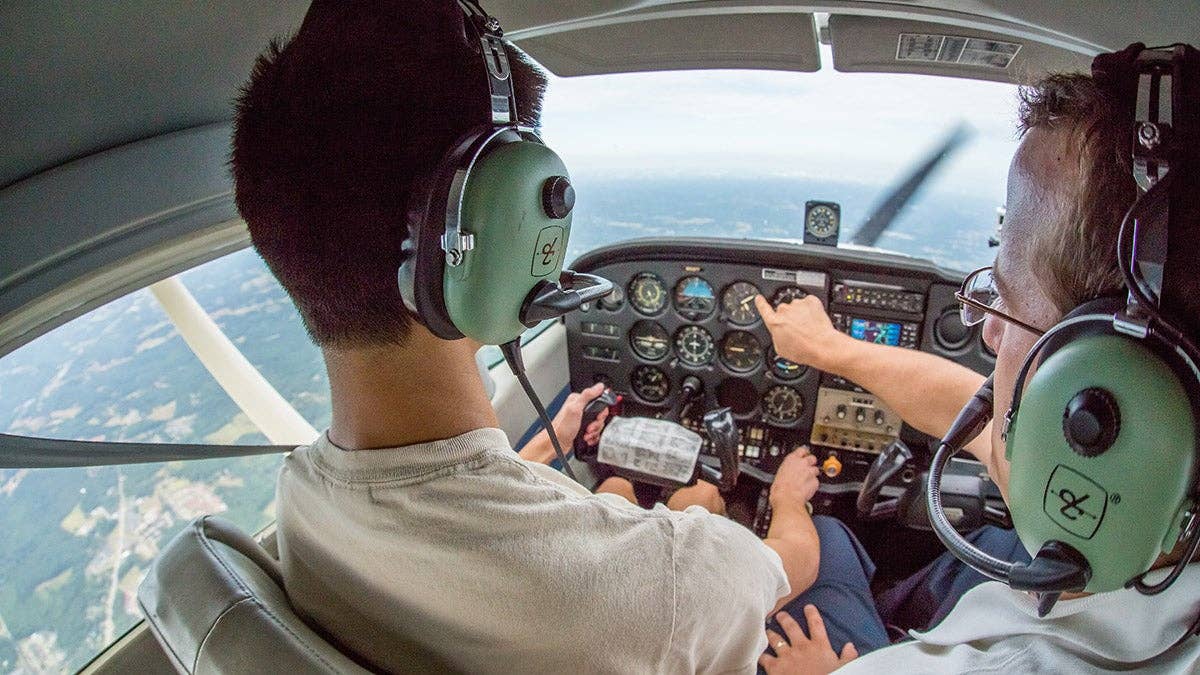
On Monday FAA Administrator Michael Huerta met with general aviation leaders to discuss improving safety. There were 259 fatal accidents in 2013 with 449 total lives lost. That represents virtually flat numbers over the past six years, though the nature of accidents is changing. For example, accidents attributed to controlled flight into terrain (CFIT) are down by half in the past three years, perhaps a sign that more widespread terrain-awareness technology is proving effective.
The fatal accident rate per 100,000 hours flown (as estimated by the FAA) was 1.07 for 2013. The rate was 1.09 in 2012; 1.12 in 2011 and 1.10 in 2010. The FAA estimates of total hours flown by the GA fleet continue to drop, presumably due to economic factors, according to the agency. The Monday meeting included a pledge between the FAA and industry leaders to work together to further reduce weather-related accidents in the upcoming flying season.
Another result of the meeting was a decision by the FAA to streamline the approval process of reduced vertical separation minimums (RVSM). Under the new, more flexible program, applicants with more experience may now receive approval more quickly. RVSM approval allows operators to fly domestically with 1,000 feet of vertical separation, compared with 2,000 feet for non-RVSM flight plans.
Get exclusive online content like this delivered straight to your inbox by signing up for our free enewsletter.
We welcome your comments on flyingmag.com. In order to maintain a respectful environment, we ask that all comments be on-topic, respectful and spam-free. All comments made here are public and may be republished by Flying.

Sign-up for newsletters & special offers!
Get the latest FLYING stories & special offers delivered directly to your inbox






